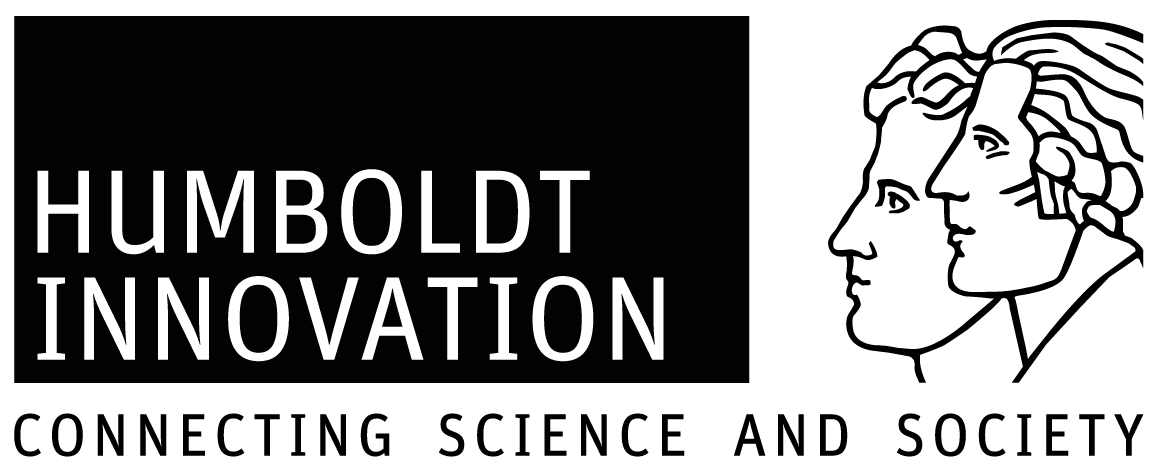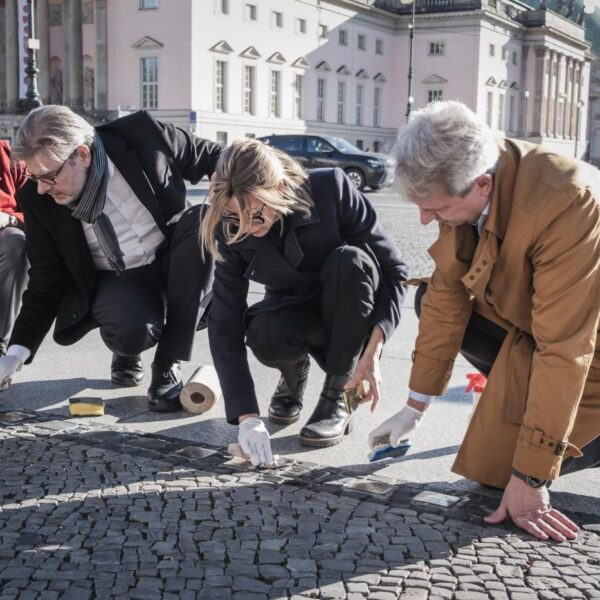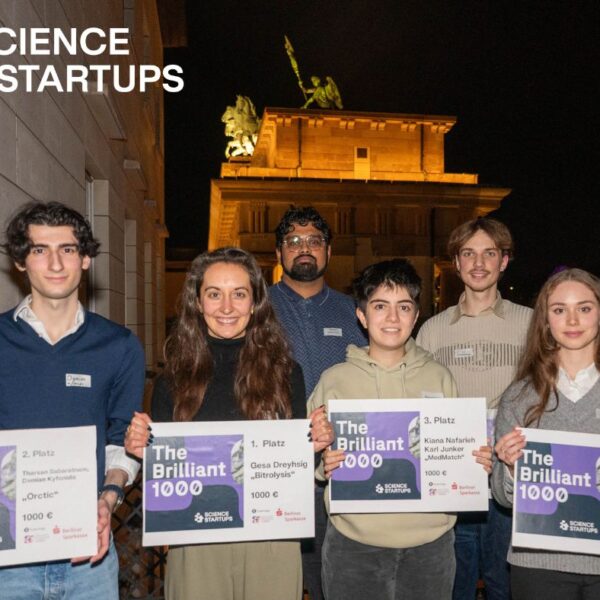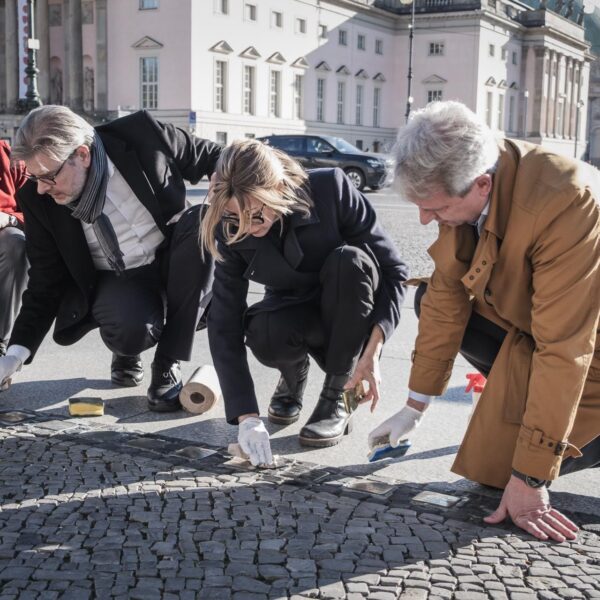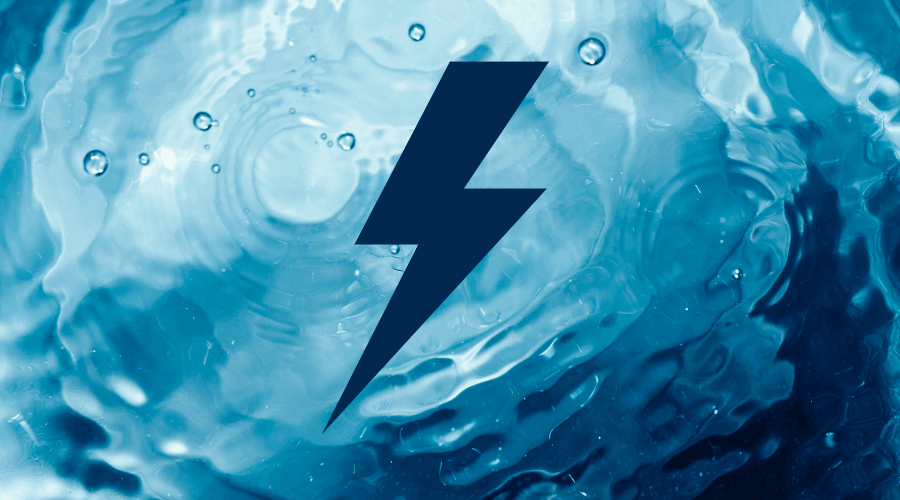
In November 2025, six finalist teams will once again gather at the award ceremony of the “Forum Junge Spitzenforschung” to present their application-oriented research projects. This year’s focus is on the topic of water. In line with this theme, this edition of HI:BITS is dedicated to ten facts about water that you might not have heard of, but should definitely know!
- In Germany, the average water consumption per person is around 130 liters per day, while a person living in a rural community in sub-Saharan Africa uses about 16 liters per day.
- More than two-thirds of the Earth’s surface is covered with water, but less than three percent of it is drinkable. 97% of the water comes from the oceans, 2.5% consists of non-usable freshwater from glaciers and underground sources, and only 0.5% is usable freshwater.
- The preservation and restoration of natural wetlands benefits climate protection. As HI, we are involved in the LIFE Multi Peat project, which focuses on rewetting peatlands in Europe to reduce greenhouse gas emissions.
- The process of turning natural water into drinking water involves several steps: It begins with flocculation, during which positively charged substances bind to negatively charged impurities, allowing them to be filtered out. Next comes sedimentation, where gravity helps remove particles from the bottom of the treatment plant. After that, sand and activated carbon filters are used to eliminate pathogens. Any remaining impurities are removed with disinfectants such as chlorine.
- Up to 20 liters of water can flow through a faucet in one minute. With EcoSmart fittings, this amount can be reduced to around five liters. So if you turn off the tap while brushing your teeth, you can save at least 10 liters of water.
- Globally, around 70% of water is used for agriculture, whereas in Europe the figure is only 35%.
- The term “virtual water” was coined by British researcher John Anthony Allan. It refers to the amount of water used, evaporated, or contaminated throughout the entire production process of a product.
- Producing one kilogram of cheese requires about 5,000 liters of water. For one kilogram of beef, the average is as high as 15,455 liters. For comparison: manufacturing a car requires around 20,000 liters of water.
- A dishwasher saves significantly more water than washing dishes by hand. However, this only holds true if the dishwasher is energy-efficient and fully loaded.
- Untreated wastewater causes emissions. However, treating it accounts for up to seven percent of greenhouse gases. According to UNESCO, improved processes and energy savings can help reduce this figure. Moreover, wastewater treatment itself can serve as a source of energy. Our startup Shit2Power is already leading the way: it transforms sewage sludge into clean energy and high-quality phosphorus ash, without producing any waste products.
